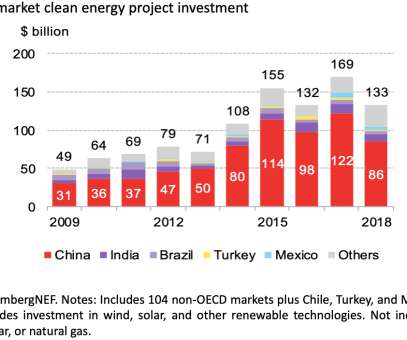Op-ed: Let’s start here, in America
Green Car Congress
FEBRUARY 28, 2022
We only have to look to the oil embargoes of the 1970s to realize our dependence on a foreign energy supply is cause for action. Let’s learn from those dark days, and draw from our own resources, our own manpower and our own technology to compete in this ever-growing market. Do we really want to travel down that road again?






































Let's personalize your content